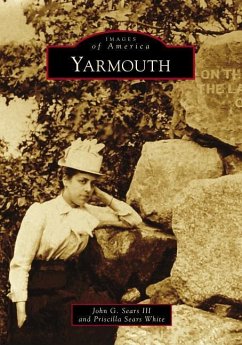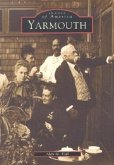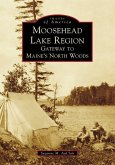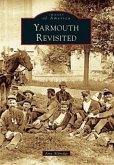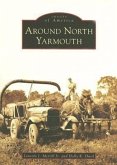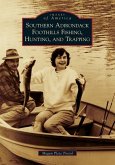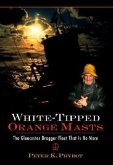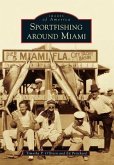Yarmouth, founded in 1639, has always had close ties with the sea. From shore whaling, fishing, and boatbuilding to sailing, salt making, and other maritime pursuits, almost everyone dealt with the ocean. A 160-acre Indian reservation existed until a smallpox epidemic in the 1770s. Later, a substantial Friends community (Quakers) grew in South Yarmouth. Yarmouth slowly leaned toward tourism after the Civil War, with railroads providing the transportation. Automobiles created even more tourism. People no longer stayed for the summer but could now spend just a night or two. Restaurants, dance halls, and cabins changed the landscape. There was little growth during the Depression; however, it was explosive in the years following World War II. Townspeople grudgingly adapted to these changes. The one constant has been the Bass River and its influence on the town.
Hinweis: Dieser Artikel kann nur an eine deutsche Lieferadresse ausgeliefert werden.
Hinweis: Dieser Artikel kann nur an eine deutsche Lieferadresse ausgeliefert werden.

